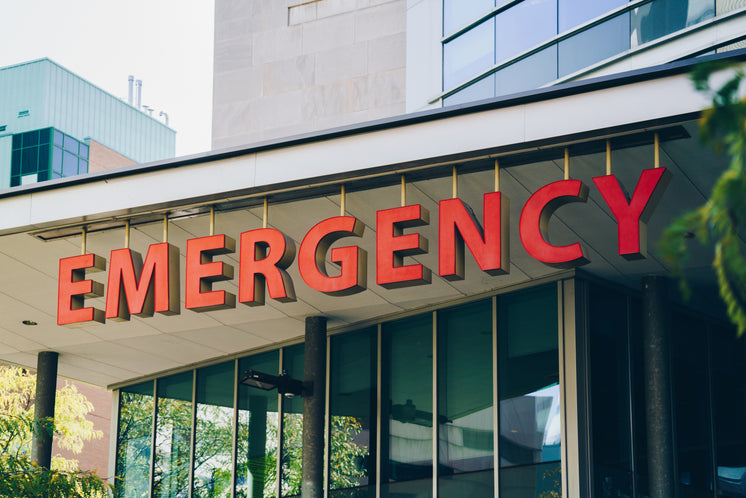Four Reasons You should Stop Stressing About Rehab Jobs Thailand
Berry Sliva
0
3
2023.12.15 19:32
Introduction:
Dual Diagnosis is the co-occurrence of a mental health disorder and a material usage disorder in an individual. Those two circumstances usually exist simultaneously and will complicate the therapy process. This report is designed to provide an extensive overview of Dual Diagnosis, including its prevalence, danger facets, impact on people, and offered treatments.
Prevalence and Risk Factors:
Researches indicate that Dual Diagnosis is common, with an important percentage of people struggling with both mental health and substance usage conditions. Research implies that more or less 50per cent of people diagnosed with a severe emotional disease have a substance usage condition. In addition, individuals with substance usage problems will develop a mental wellness disorder than those without such dilemmas.
A number of risk aspects contribute to the development of Dual Diagnosis, including genetic predisposition, environmental elements, stress, and an individual's private history with psychological state or Drug Rehab Chiang Mai abuse. It is important to deal with these danger elements through the evaluation and therapy process to make sure efficient maintain individuals with Dual Diagnosis.
 Effect on Individuals:
Effect on Individuals:
The coexistence of psychological state and material usage disorders can somewhat affect an individual's total wellbeing and total well being. Twin Diagnosis frequently contributes to complex and intertwined difficulties, including increased rates of hospitalizations, greater suicide rates, poor treatment outcomes, homelessness, and legal issues. Furthermore, him or her may face problems within their relationships, work, and overall personal functioning, which more exacerbates their particular situation.
 Treatment Options:
Treatment Options:
Successfully managing twin Diagnosis requires an integral treatment approach that covers both the psychological state and substance use conditions at the same time. Treatment options can include:
 1. medicine: Psychotropic medications can help alleviate symptoms of mental health conditions. In addition, medications specifically designed to handle substance use problems, such opioid replacement therapy or anti-craving medicines, are prescribed.
1. medicine: Psychotropic medications can help alleviate symptoms of mental health conditions. In addition, medications specifically designed to handle substance use problems, such opioid replacement therapy or anti-craving medicines, are prescribed.
2. Psychotherapy: numerous types of therapy, including Cognitive Behavioral treatment (CBT), Dialectical Behavior treatment (DBT), and Motivational Interviewing (MI), are utilized to handle fundamental issues and teach coping skills.
3. organizations: Engaging in organizations, such Alcoholics Anonymous (AA), Narcotics Anonymous (NA), or Dual healing Anonymous (DRA), can offer people with a supportive community and assistance in maintaining long-lasting recovery.
4. built-in Treatment products: These programs provide extensive and matched attention by a multidisciplinary group that includes mental health specialists, addiction specialists, and other healthcare providers. Built-in programs ensure holistic therapy and assistance for individuals with Dual Diagnosis.
Conclusion:
Twin Diagnosis is a complex problem that requires specialized approaches to successfully deal with both mental health and material use problems. By comprehending the prevalence, danger facets, and effect of twin Diagnosis, health professionals can better recognize and develop proper treatment plans for individuals fighting this problem. Promoting research, raising awareness, and broadening access to incorporated therapy programs are necessary tips towards enhancing outcomes for all those with twin Diagnosis.
Dual Diagnosis is the co-occurrence of a mental health disorder and a material usage disorder in an individual. Those two circumstances usually exist simultaneously and will complicate the therapy process. This report is designed to provide an extensive overview of Dual Diagnosis, including its prevalence, danger facets, impact on people, and offered treatments.
Prevalence and Risk Factors:
Researches indicate that Dual Diagnosis is common, with an important percentage of people struggling with both mental health and substance usage conditions. Research implies that more or less 50per cent of people diagnosed with a severe emotional disease have a substance usage condition. In addition, individuals with substance usage problems will develop a mental wellness disorder than those without such dilemmas.
A number of risk aspects contribute to the development of Dual Diagnosis, including genetic predisposition, environmental elements, stress, and an individual's private history with psychological state or Drug Rehab Chiang Mai abuse. It is important to deal with these danger elements through the evaluation and therapy process to make sure efficient maintain individuals with Dual Diagnosis.
 Effect on Individuals:
Effect on Individuals:The coexistence of psychological state and material usage disorders can somewhat affect an individual's total wellbeing and total well being. Twin Diagnosis frequently contributes to complex and intertwined difficulties, including increased rates of hospitalizations, greater suicide rates, poor treatment outcomes, homelessness, and legal issues. Furthermore, him or her may face problems within their relationships, work, and overall personal functioning, which more exacerbates their particular situation.
 Treatment Options:
Treatment Options:Successfully managing twin Diagnosis requires an integral treatment approach that covers both the psychological state and substance use conditions at the same time. Treatment options can include:
 1. medicine: Psychotropic medications can help alleviate symptoms of mental health conditions. In addition, medications specifically designed to handle substance use problems, such opioid replacement therapy or anti-craving medicines, are prescribed.
1. medicine: Psychotropic medications can help alleviate symptoms of mental health conditions. In addition, medications specifically designed to handle substance use problems, such opioid replacement therapy or anti-craving medicines, are prescribed.2. Psychotherapy: numerous types of therapy, including Cognitive Behavioral treatment (CBT), Dialectical Behavior treatment (DBT), and Motivational Interviewing (MI), are utilized to handle fundamental issues and teach coping skills.
3. organizations: Engaging in organizations, such Alcoholics Anonymous (AA), Narcotics Anonymous (NA), or Dual healing Anonymous (DRA), can offer people with a supportive community and assistance in maintaining long-lasting recovery.
4. built-in Treatment products: These programs provide extensive and matched attention by a multidisciplinary group that includes mental health specialists, addiction specialists, and other healthcare providers. Built-in programs ensure holistic therapy and assistance for individuals with Dual Diagnosis.
Conclusion:
Twin Diagnosis is a complex problem that requires specialized approaches to successfully deal with both mental health and material use problems. By comprehending the prevalence, danger facets, and effect of twin Diagnosis, health professionals can better recognize and develop proper treatment plans for individuals fighting this problem. Promoting research, raising awareness, and broadening access to incorporated therapy programs are necessary tips towards enhancing outcomes for all those with twin Diagnosis.